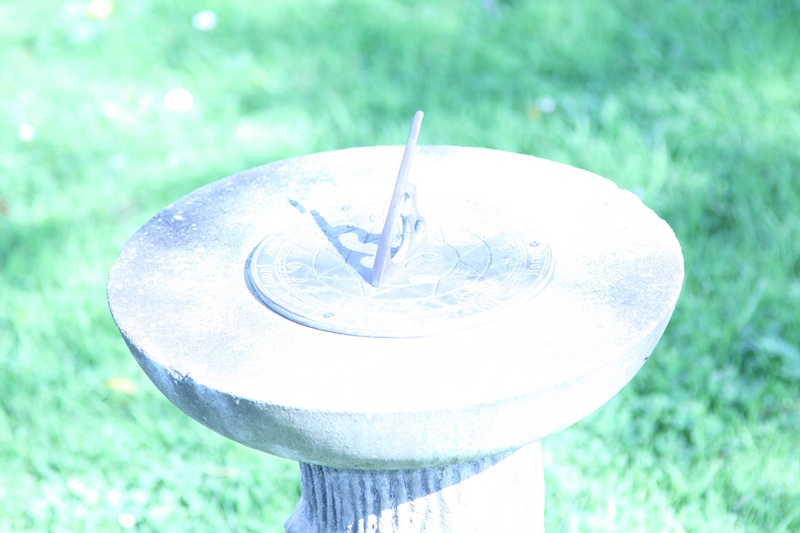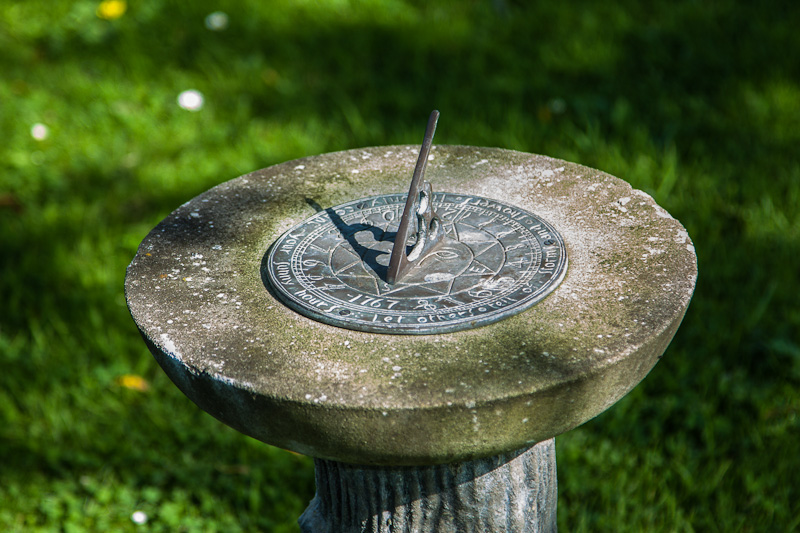- Messages
- 761
- Name
- Andrew
- Edit My Images
- No
Recently signed up to the new Adobe Cloud package and started using Photoshop CC.
Having always been a big fan of Adobe Camera Raw and its place in workflow i was amazed to find it is now also supplied as a standalone filter and all of the settings used for RAWs ie white balance / noise reduction / sharpening can be applied to any file in photoshop ie a jpeg and not just on the CR2s from the camera.
So now i can adjust old jpegs without the raw files just as if i had them.
Whats everyone elses view on this and for those who have used CC for a while have you found the ACR Filter to be useful ?
Do we see a time in the very near future when the need for RAW files is going to be negated as often my final image result in jpegs ( for weddings and landscapes mainly ) ?
Having always been a big fan of Adobe Camera Raw and its place in workflow i was amazed to find it is now also supplied as a standalone filter and all of the settings used for RAWs ie white balance / noise reduction / sharpening can be applied to any file in photoshop ie a jpeg and not just on the CR2s from the camera.
So now i can adjust old jpegs without the raw files just as if i had them.
Whats everyone elses view on this and for those who have used CC for a while have you found the ACR Filter to be useful ?
Do we see a time in the very near future when the need for RAW files is going to be negated as often my final image result in jpegs ( for weddings and landscapes mainly ) ?



